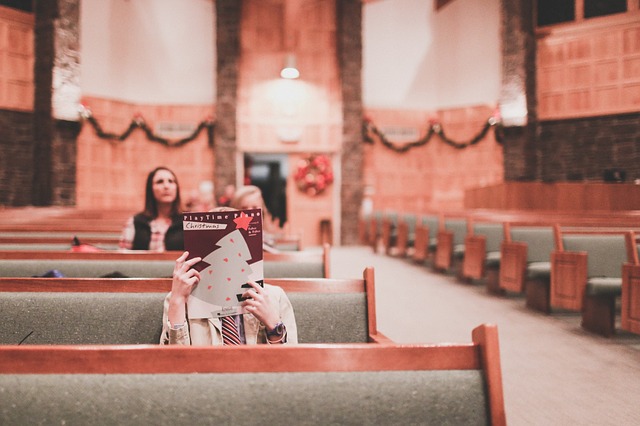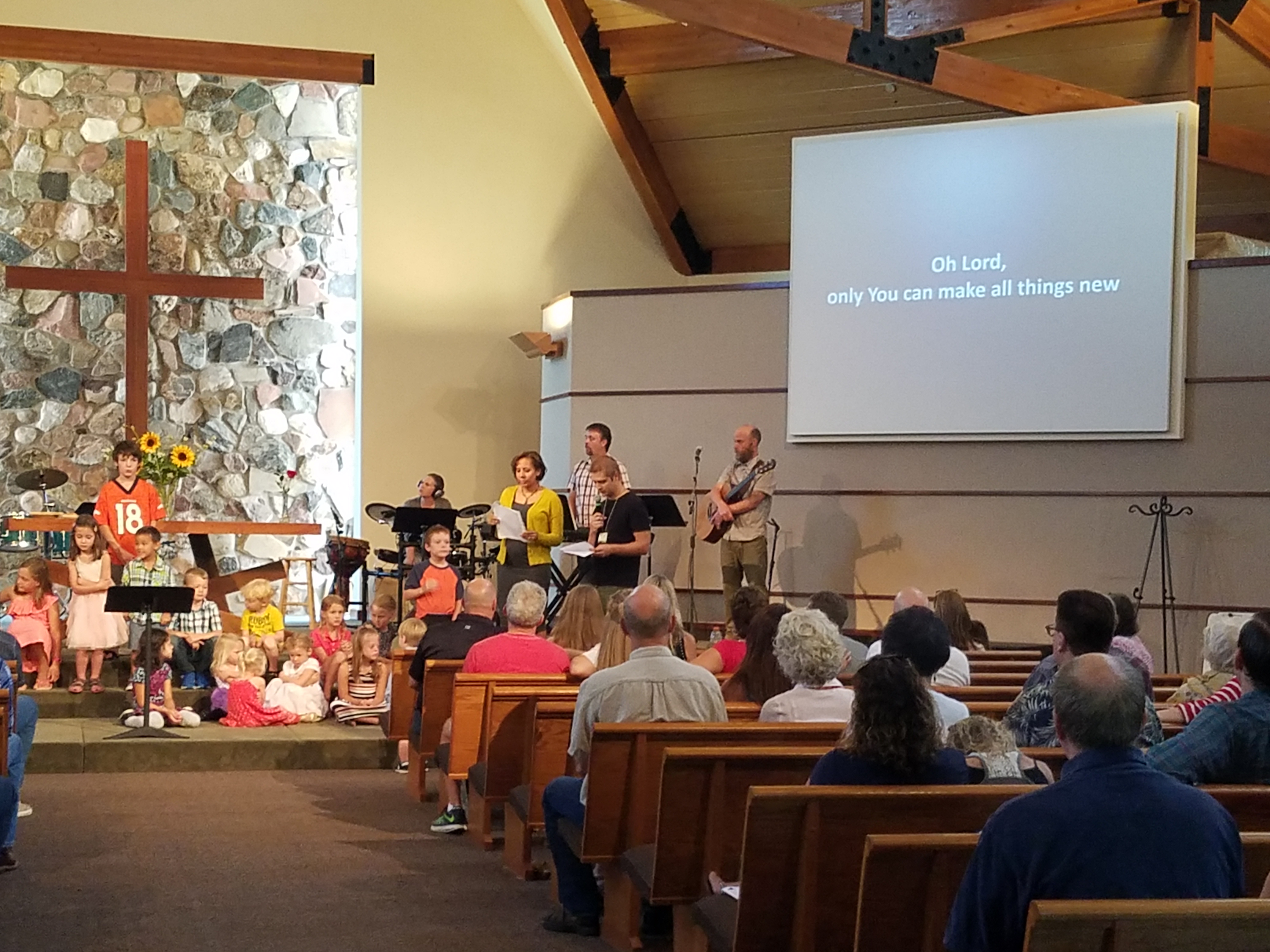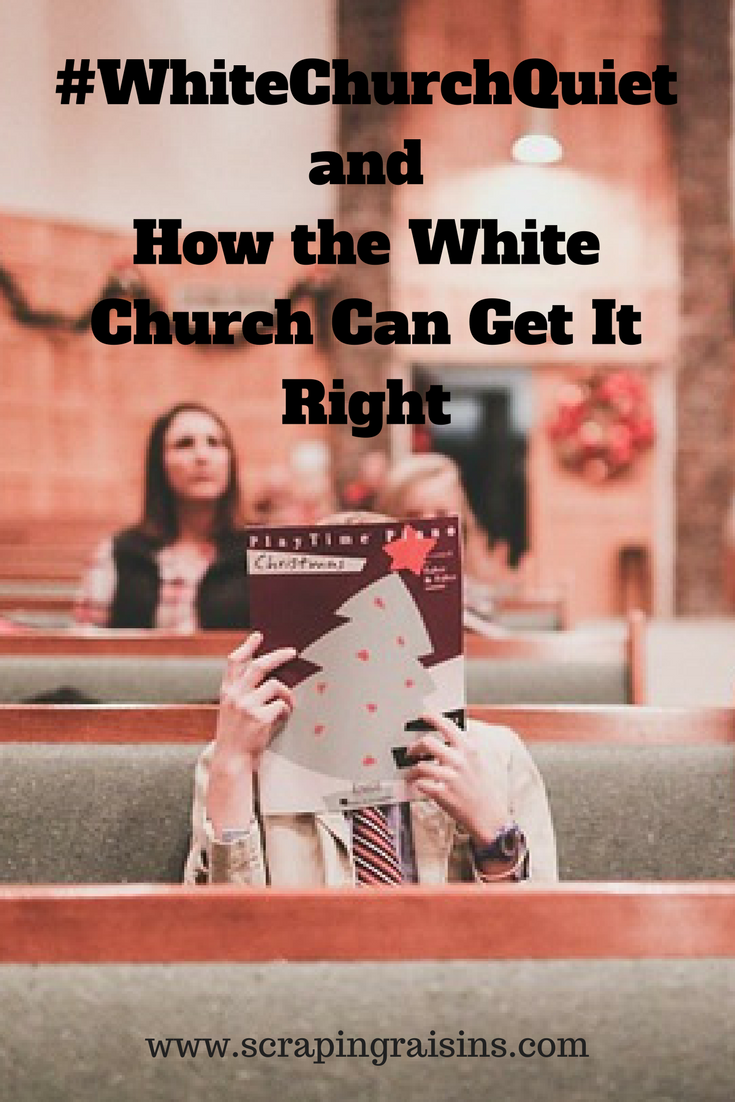
When you’re white, talking about race can be awkward.
Can we call someone “black” or should we say “African American”?
Will people think I’m a racist if I mention race?
If I actually like rap or hip hop, would it be weird to bring that up with my African American friend at risk of seeming like I’m stereotyping?
Can I compliment an African American woman on her hair?
Should I say “mixed,” “biracial,” or something else?
Can I ask my Asian friend where she’s from?
Should I say “Latino,” “Latina,” “Hispanic,” “Mexican,” or something else?
Did that just sound like I was trying to talk “black,” I hope he didn’t think I was making fun of him or trying too hard …
I’ll just pretend race doesn’t matter, I “just see people”–race is “just a social construct,” after all … I’m colorblind.
***
One friend admitted that entering the race conversation as a white woman feels like walking in a minefield. For the white person who fears saying, thinking or being the wrong thing, there seem to be hazards everywhere.
But white people–white women in particular–need to engage in this difficult conversation.
Here’s why.
Because white women raise white children who grow up to be white men and women.
Because white women have the ear and heart of the men in our lives who still carry more power in the country than we do.
Because white women have greater influence than we realize.
Yes, discussing race is awkward. We’re going to mess up and use the wrong words, say stupid things and feel angry, confused and misunderstood. But if we say we love our brothers and sisters of color sitting next to us in the church pews, then it’s time to listen.
When we finally stop covering our ears, squeezing our eyes shut, and pretending the past doesn’t impact our today, we hear them crying out for allies and advocates to notice and speak out against their current struggle. Because though we are not separate, we are not treated equally.
Though I as a white woman have the luxury of being colorblind, my black and brown sisters and brothers do not.
This is from a post I wrote last year, called Does Talking about Race Perpetuate Disunity?:
The book Divided by Faith, a highly-researched book on evangelical’s views on race, concludes that the white perspective often dismisses institutional and systemic racism. Most white evangelicals do not acknowledge that we currently live in a racialized society. The authors push back (with documentation for each sentence in the book).
They claim this perspective misses “that whites can move to most any neighborhood, eat at most any restaurant, walk down most any street, or shop at most any store without having to worry or find out that they are not wanted, whereas African Americans often cannot.
This perspective misses that white Americans can be almost certain that when stopped by the police, it has nothing to do with race, whereas African Americans cannot.
This perspective misses that whites are assumed to be middle class unless proven otherwise, are not expected to speak for their race, can remain ignorant of other cultures without penalty, and do not have to ask every time something goes wrong if it is due to race, whereas African Americans cannot.
This perspective misses that white Americans are far more likely than black Americans to get a solid education, avoid being a victim of a crime, and have family and friends with money to help when extra cash is needed for college, a car, or a house.” –Divided by Faith (p. 90)
Yes, God’s love sets us all on equal ground, but when American society does not, God’s love should be the fuel that sets his children on fire for justice.
Followers of Jesus should be on the forefront of the race conversation.We should advocate for equal treatment, housing, justice, education and rights for our black and brown brothers and sisters in Christ.
When others are silent, we should speak out. But we also must follow, listen and learn.
Solidarity demands a posture of humility.
Yes, we are called to love God and rest in who we are in Christ as representatives of the Imago Dei, but we are also called to love our neighbors as we love ourselves. And loving our neighbor requires entering uncomfortable conversations and spaces for the sake of love. It’s time to admit that just because we can’t see the mountain, doesn’t mean it isn’t there, looming behind our white fog.
***
How is God calling you to enter the race conversation?
 This month we’ll be discussing racism, privilege and bridge building. If you’d like to guest post on this topic, please email me at scrapingraisins(dot)gmail(dot)com. Yes, this is awkward and fraught with the potential for missteps, blunders and embarrassing moments, but it’s necessary. Join me?
This month we’ll be discussing racism, privilege and bridge building. If you’d like to guest post on this topic, please email me at scrapingraisins(dot)gmail(dot)com. Yes, this is awkward and fraught with the potential for missteps, blunders and embarrassing moments, but it’s necessary. Join me?
I’ll go first.
Sign up for my Mid-month Digest and Secret Newsletter Here:
(Consider joining the Facebook group Be the Bridge to Racial Unity to learn more about how God is moving in this sphere.)
If you are a writer, consider using the hashtag #WOCwithpens to showcase the writing of our black and brown sisters of faith every Wednesday specifically, but anytime as well! You can find the explanation for the hashtag here.
Check out this spoken word poetry by Micah Bournes today. I cry every time I watch this.:
***This post contains Amazon Affiliate links (no extra cost to you, pennies to me!)
















